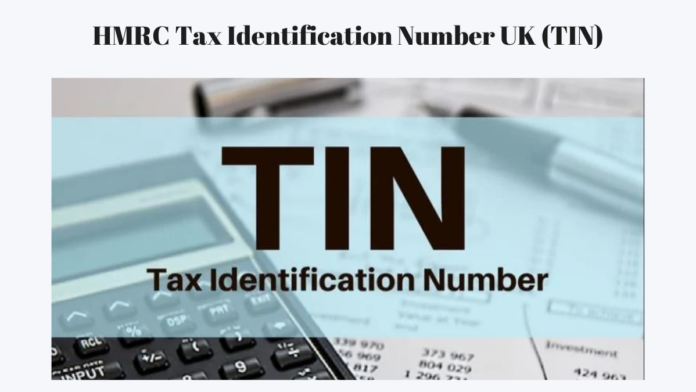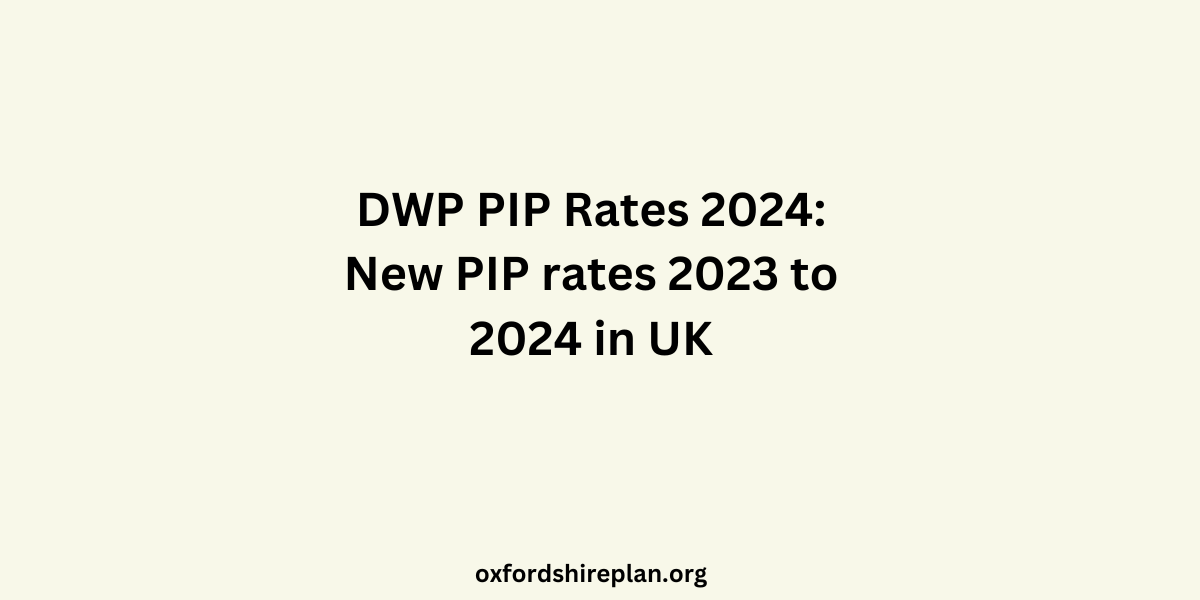In the United Kingdom, a Tax Identification Number UK (TIN) is a crucial piece of information that plays a vital role in the country’s tax system. It helps monitor tax obligations, identify taxpayers, and streamline government tax administration processes.
In this post, we will simplify the concept of HMRC Tax Identification Number UK (TIN) and provide a comprehensive guide on what it is, how to obtain it, and how to maintain it.
Contents
- What is a Tax Identification Number UK (TIN)?
- UTR Number: Understanding Your Unique Taxpayer Reference
- VAT Registration Numberfor VAT-Registered businesses
- ERN (Employer Reference Number): For Employers and PAYE
- How to get a TIN Number
- Maintaining Your TIN Number Records
- Tracing Your TIN Number
- Conclusion
- FAQs
- What is an HMRC Tax Identification Number UK (TIN)?
- What is the format of an HMRC TIN?
- Where can I find my HMRC TIN?
- What is the purpose of an HMRC TIN?
- Is an HMRC TIN the same as a National Insurance Number?
- Can I use my HMRC TIN for international purposes?
- Read More:
What is a Tax Identification Number UK (TIN)?
A Tax Identification Number UK (TIN) is a unique number assigned to individuals and entities by the HM Revenue & Customs (HMRC) to identify them for taxation purposes. In the UK, a TIN can be one of three types: UTR Number, VAT Registration Number, or ERN (Employer Reference Number). Each type of TIN serves a specific purpose, and it is important to understand which one applies to you.
UTR Number: Understanding Your Unique Taxpayer Reference
The UTR Number, also known as the Unique Taxpayer Reference, is a 10-digit number assigned to individuals and self-employed individuals by the HMRC. It is used to identify taxpayers for Self Assessment purposes, including income tax, capital gains tax, and corporation tax. You can find your UTR Number in your HMRC app under ‘Your details’ or in the ‘Self Assessment’ section, or on previous tax returns and other documents from HMRC.
VAT Registration Numberfor VAT-Registered businesses
If your business is VAT registered, you will need a VAT Registration Number. This 12-digit number is used to identify your business for VAT purposes and is required for filing VAT returns. You can find your VAT Registration Number on your VAT registration certificate or on previous VAT returns.
ERN (Employer Reference Number): For Employers and PAYE
The ERN, also known as the Employer Reference Number, is a 9-digit number assigned to employers by the HMRC. It is used to identify employers for PAYE (Pay As You Earn) purposes, including employee income tax and National Insurance contributions. You can find your ERN on tax forms, payslips, P45s, P60s, or in correspondence from HMRC about PAYE.
How to get a TIN Number
To get a TIN number in the UK, individuals and entities must complete the appropriate application form with the HMRC. This process involves providing personal details, such as name, address, date of birth, or company registration information for entities.
For individuals, you can apply online or by post. For entities, you will need to submit the application form to the HMRC.
Maintaining Your TIN Number Records
Taxpayers in the UK are responsible for updating and maintaining their TIN number records. This includes informing the HMRC about any changes to personal details, business information, or financial circumstances.
Keeping TIN number records up to date ensures that the HMRC has accurate information and can communicate important updates or changes in tax regulations to the taxpayer.
Tracing Your TIN Number
If you have lost your TIN number or cannot find it, you can refer to any official tax documents or letters received from HMRC. If you still cannot locate it, you can log into your online HMRC account where it is listed in your personal details.
Also, you can contact HMRC directly by phone or post, providing your personal details to verify your identity and request your UTR.
Conclusion
In conclusion, a Tax Identification Number UK (TIN) is a crucial piece of information in the UK tax system. It helps identify taxpayers, monitor tax obligations, and streamline government tax administration processes.
Understanding the different types of TIN numbers, how to obtain them, and how to maintain them is important for individuals and entities in the UK.
FAQs
What is an HMRC Tax Identification Number UK (TIN)?
.A TIN is a unique number issued by HM Revenue and Customs (HMRC) to identify individuals and companies for taxation purposes. It is used to monitor tax obligations and streamline government tax administration processes.
What is the format of an HMRC TIN?
An HMRC TIN has three numerical digits, followed by a forward slash “/,” and then two letters, and it ends with four numerical digits like this: 123/AB4567.
Where can I find my HMRC TIN?
Your HMRC TIN can be found on various documents, including HMRC correspondence, payslips, P45s, P60s, or P11Ds.
What is the purpose of an HMRC TIN?
The HMRC TIN is used for statutory reporting obligations like PAYE payments and returns and as a security check when dealing with tax information.
Is an HMRC TIN the same as a National Insurance Number?
No, an HMRC TIN is not the same as a National Insurance Number. While both are used for identification purposes, they serve different purposes and have different formats.
Can I use my HMRC TIN for international purposes?
Yes, your HMRC TIN can be used for international purposes, such as reporting tax information to other countries or jurisdictions.
Read More:
- Barclays Switch Offer (2025): A Rewarding Opportunity
- The Best Ways to Use and Earn Tesco Clubcard Vouchers
- Tastecard & Gourmet Society Trials & Offers: A Delicious Way to Save
- How to Apply for a Halifax Credit Card: A Step-by-Step Guide
- What Is FreeAgent?

I am a dedicated lifestyle and fashion enthusiast, always looking for the latest trends and timeless styles. With a flair for creativity and a passion for self-expression, I provide fresh insights and tips on elevating everyday living and personal style.
















